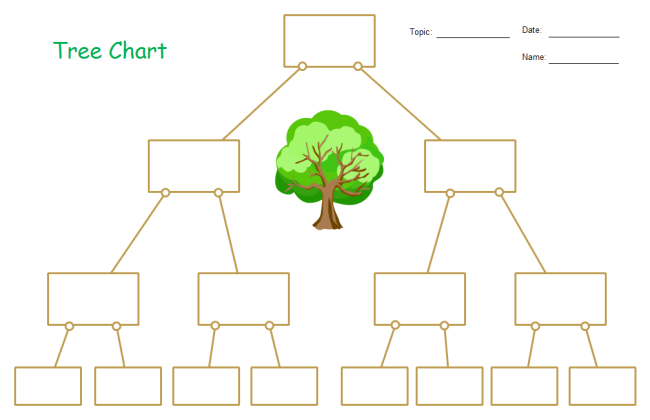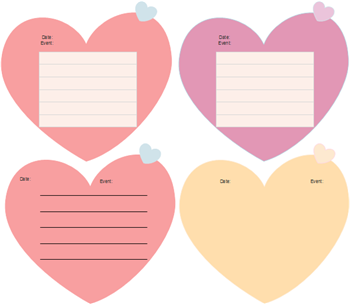TEACHING WITH VISUAL SYMBOLS

“Visual
symbols will be made meaningful if we can use them as summaries of our own rich
indirect experiences… A little
can stand for a lot!”
INTRODUCTION
From an experience of real-world experience we proceed to
a world of symbols. Here, we don’t see real things but symbols. Visual symbols
include drawings, cartoons, strip drawings, diagrams, formulas, charts, graphs,
maps, globes. For the sake of mastery and clarity, let us divide this lesson
into seven (7) parts.
ABSTRACTION
Your experience of the words and the graphs convinces you
that a graph is easier to understand than the words of a paragraph. A graph is
“worth a thousand words”. A graph and any visual symbol for that matter such as
drawings, cartoons, strip drawings, diagrams, and maps are worth a thousand
words. They are more clearly understood than mere words.
A. DRAWINGS
A
drawing may not be the real thing but better to have a concrete visual aid than
nothing. To avoid confusion, it is good that our drawing correctly represents
the real thing.
On
essential skill that a teacher ought to possess in order to be understood is
drawing. It helps you a lot if you are capable of doing sample freehand
sketching. You will find out that as you lecture, you need to illustrate on the
chalkboard.
B. CARTOONS
Another useful visual symbol that can bring novelty to our teaching is the cartoon. A first-rate cartoon its story metaphorically. The perfect cartoon needs no caption. The less the artist depends on words, the more effective the symbolism. The symbolism conveys the message.
SKETCHING CARTOONS
Want to develop your skill
at sketching for cartoons? See Figures below.
Start with simple shapes and
add details. Note changes in expression.
Side view starts with same
basic shapes.
Most cartoon figures are
about four heads tall. Keep them simple.
C. STRIP DRAWINGS
These
are commonly called comics or comic strip. Dale (1969) asserts that a
more accurate term is strip drawings. Make use of strips that are educational
and entertaining at the same time. Here is an example:
D. DIAGRAMS
It
is “any line drawing that shows arrangement and relations as of parts to the
whole, relative values, origins and development, chronological fluctuations, distribution,
etc.
TYPES
OF A DIAGRAM
·
Affinity
diagram – used to cluster complex apparently unrelated data into
natural and meaningful groups.
·
Tree
diagram – used to chart out, in increasing detail, the various
tasks that must be accomplished to complete a project or achieve a specific
objective.
·
Fishbone
diagram – it is also called cause-and-effect diagrams. It is a
structured form of brainstorming that graphically shows the relationship of
possible causes and subcases directly related to an identified effect/problem.
It is most commonly used to analyze work-related problems.
E. CHARTS
A
chart is a diagrammatic representation of relationships among individuals
within an organization. We can have a:
1.
time chart
2.
tree or stream chart
3.
flow chart
4.
organizational chart
5.
comparison and contrast chart
6.
pareto chart
7.
run chart or trend chart
EXAMPLES
OF CHART
·
Time
chart – is a tabular time chart that presents data in ordinal
sequence. Here is an example:
·
Tree
or stream chart – depicts development, growth and change by
beginning with a single course which spreads out into many branches.
·
Flow
chart – is a visual way of charting or showing a process from
beginning to end.
·
Organizational
chart – shows how one part of the organization relates to
other parts of the organization.
·
Comparison
and contrast chart – used to show similarities and differences
between two things (people, places, events, ideas, etc)
·
Pareto
chart – is a type of a bar chart, prioritized in descending
order of magnitude or importance from left to right. It shows at a glance which
factors are occurring most.
·
Gannt
chart is an activity time chart.
F. GRAPHS
These
are several types of graphs. They are: 1) circle or pie graph, 2) bar graph, 3)
pictorial graph and 4) line graph.
·
Pie
or circle graph – recommended for showing parts of whole.
·
Bar
graph – used in comparing the magnitude of similar items at
different ties or seeing relative sizes of the parts of a whole.
·
Pictorial
graph – makes use of picture symbols.
·
Graphic
organizers – you met several graphic organizers in your
subject.
G. MAPS
A
map is a “representation of the surface of the earth or some part of it…”
KINDS OF MAP
·
Physical
map –
combines in a single projection data like altitude, temperature, rainfall,
precipitation, vegetation, and soil.
·
Relief
map –
has three dimensional representations and show contours of the physical data of
the earth or part of the earth.
·
Commercial
or economic map – also called product or industrial map since
they show land areas in relation to the economy.
·
Political
map –
gives detailed information about country, provinces, cities and towns, roads
and highways. Oceans, rivers and lakes are main features of most political
maps.
MAP LANGUAGE
·
Scale – shows how much of the actual earth’s
surface is represented by a given measurement on a map.
·
Symbols – usually a map has a legend that
explains what each symbol means. Some symbols represent highways, railroads,
mountains, lakes and plains.
·
Color – the different colors of the map are
part of the map language. What colors represent the bodies of water? What about
contours of the earth and railroads, highways and other cultural features.








Walang komento:
Mag-post ng isang Komento